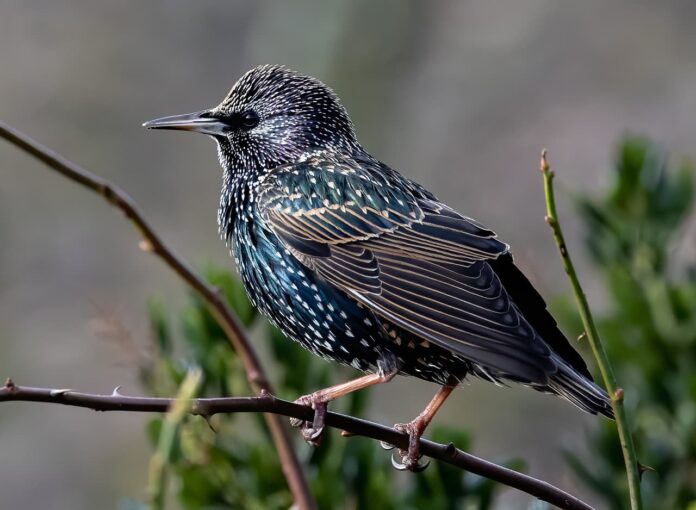European starling is something else when it comes to beautiful songbirds, mainly because of their magnificent appearance. These dazzling birds have many fascinating things not only with their looks but also their behavior. You probably see them if you have bird feeders in your yard, and they are quite easy to notice. If you are interested in learning some more about them, let’s take a look at some facts about European starlings below.
1Appearance
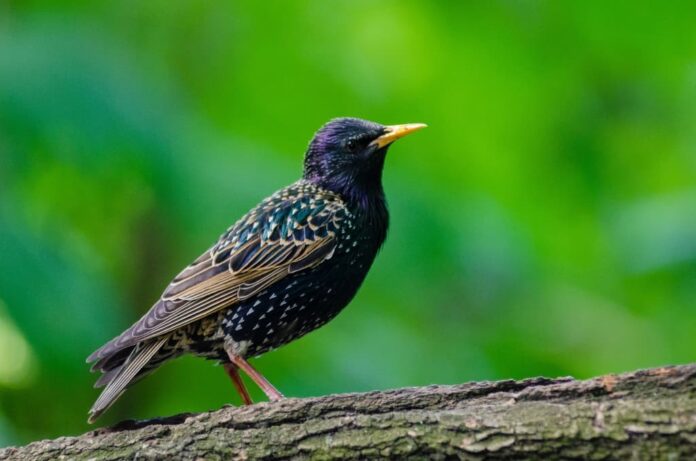
A European starling has a stocky body with dazzling and shiny plumage along with a short tail. It has long slender beaks that will change colors in different seasons. When reflects in sunlight, their feathers show shades of blues, metallic greens, and purples which is so beautiful. European starlings mold once a year by shredding their old feathers and replacing them with new ones. So as summer comes, their body color (except for the upper wings) will get darker and shimmery with white spots all over. The spots will start to disappear on its black plumage as the weather gets colder in winter. By spring, the bird will be glossy black all over with strong suffusions of iridescent ambers, greens, and pinks.
2Behavior
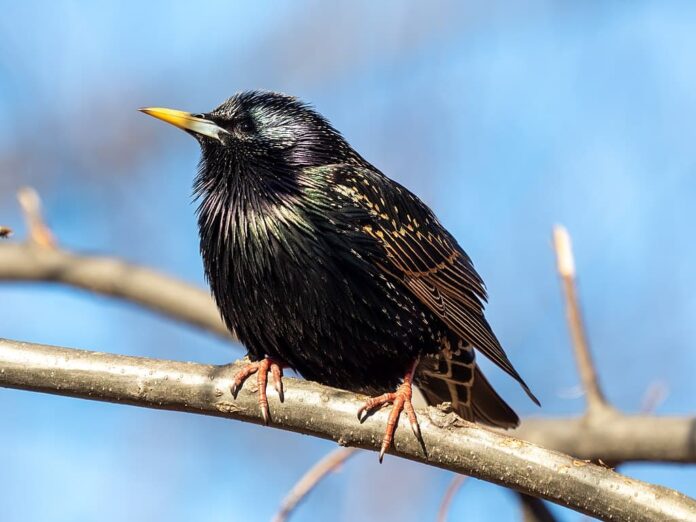
European starlings are bold birds with the ability to adapt to a wide variety of habitats. This is why it is common to see them everywhere from cities and farms to parks and more. As a smart bird, European starling can notice their predators from a long distance and alert their fellow friends. Every being has its flaws, and European starlings are aggressive and noisy birds when traveling in flocks.
Not different from other starling species, the European starlings are also great vocal mimics. The individuals can learn up to 20 calls of different animal species along with various pitching as warning calls. More than that, they are one of the loudest birds in the world; and the molding is the only time they remain quiet. Male European starlings love creating creaking, gurgling, and warbling sounds along with chatting, whistling, and other sounds.
3Feeding & Habitats
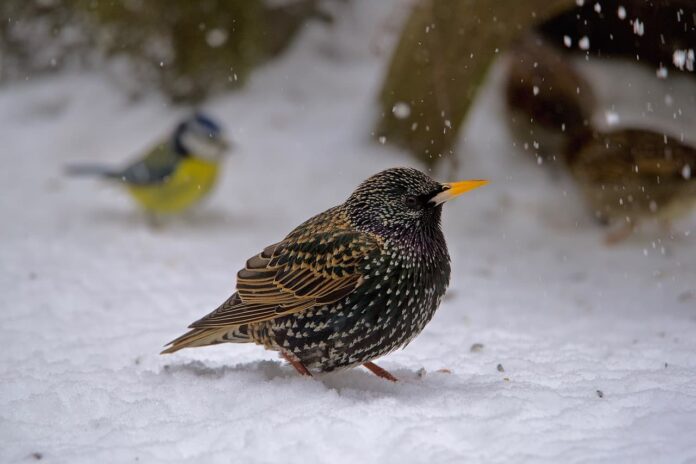
On top of being able to live anywhere, these songbirds can also eat anything they come across. Typically, they hunt regular meals are arthropods and pests such as ants, beetles, butterflies, earthworms, grasshoppers, lizards, moths, and spiders. When these grubs aren’t abundant, they will feed on fruits, grains, and plant seeds to fulfill their hunger. European starlings have pointed and sharp beaks that allow them to dig deep into the soil to find food. They also have very strong jaw muscles that they can open the beaks when poked into the soil. That way, they can scout and grab insects with ease.
Apart from North America, these birds also live in many other parts of the world. These loud birds also roam Central Asia, India, Western Europe, and even Australia, Fiji, New Zealand, and South Africa. They are quite common in towns, and they like to hang out in fields, lawns, parks, and open areas. As for the countryside, they often perch on top of the trees. As for their nests, they could be inside birdhouses, buildings, woodpecker holes, and other hollow places.
4Pests
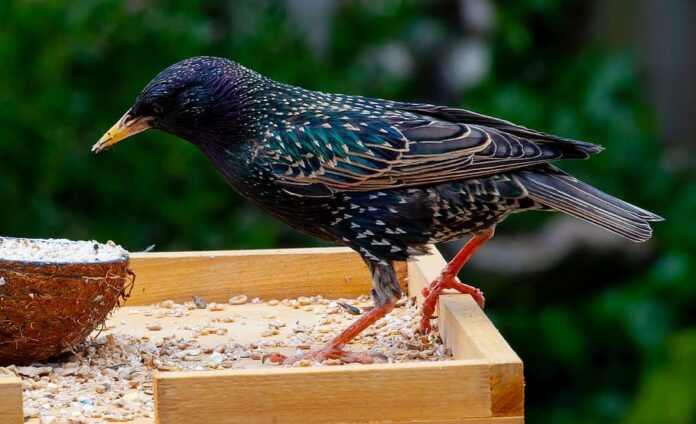
Interestingly, all European starlings in North America descended from 100 birds set loose in New York’s Central Park in the early 1890s. Shakespeare enthusiasts intentionally did so because they wanted America to have all the birds that Shakespeare ever mentioned. To this day, there are more than 200 million European starlings ranging from Alaska to Mexico. So many to the point that people consider them pests as they enter the fields in large groups and damage crops. Not to mention that they are very loud, and many people are not a fan of these noisy birds. On top of that, their droppings have fungi that can be very dangerous to human health.
Related Post: Things You Don’t Know About Magpies

